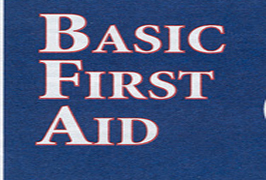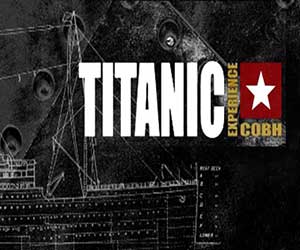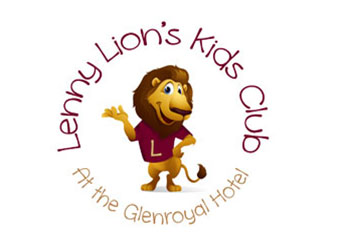Basic First Aid
Incident: Choking
Signs/Symptoms: Choking occurs when an object becomes lodged in the trachea, preventing the inhalation of air. In adults, this is normally a piece of food; in children it can be any small object that they have put in their mouth.
- Have difficulty breathing
- Have difficulty speaking or coughing
- Have blue lips and/or skin
- Lose consciousness.
Treatment for an Adult or Child:
- If coughing – stay with them and reassure them, try to prevent them from getting into further difficulty.
- If they start to have difficulty breathing, can no longer cough or speak and make the universal choking sign (hands around the throat)
- Ask are they choking and if they nod their head give abdominal thrusts until the object becomes dislodged
Abdonminal Thrusts (Heimlich manoeuvre):
- Stand behind the person and put your arms around their waist.
- Make a fist with one hand and place it between the navel (belly button) and bottom of the breastbone – grasp it with the other hand.
- Lean the person slightly forward and pull sharply into the abdomen, with a quick upwards thrust. Repeat until the obstruction is dislodged.
- Lay them gently onto the floor
- Call for help
- Start the basic first aid steps of CPR but each time you go to give a breath, look into the mouth before hand to see if there is anything there. Only put your finger into remove the object if you can see it. NEVER perform a blind sweep of the mouth to attempt to remove the object as you are more likely to push it further down than to remove it.
Basic First Aid Treatment For An Infant
- if coughing – First lift them up and keep a close eye on them. Again reassure them and try to prevent them from getting into any further difficulty.
- If they start to get into difficulty where they can no longer cough effectively, breath or make high pitched noises do the following
- Lay then along your arm with their head facing downwards
- Give 5 back blows before turning them over to give 5 abdominal thrusts.
- Continue this, alternating between back blows and abdominal thrusts, until the object is coughed up.
- Lay them onto a hard surface
- Call for help
- Start the basic first aid steps of CPR but each time you go to give a breath, look into the mouth before hand to see if there is anything there. Only put your finger in to remove the object if you can see it and safely remove it. At all times you must be careful not to push it further down, so again NEVER perform a blind sweep of the mouth.
Prevention:
Prevention is the key and in this instance is simply to supervise meal times, never allow a child to walk or run whilst eating and ensure that there are no small toys or toys particles within the reach of small children. Never allow children to play with chords or strings and never let children eat in bed. Keep all plastic bags and cling film out of children’s reach.
Training:
Those that are interested in teaching others about first aid safety may also consider enrolling in a Master of nursing program








